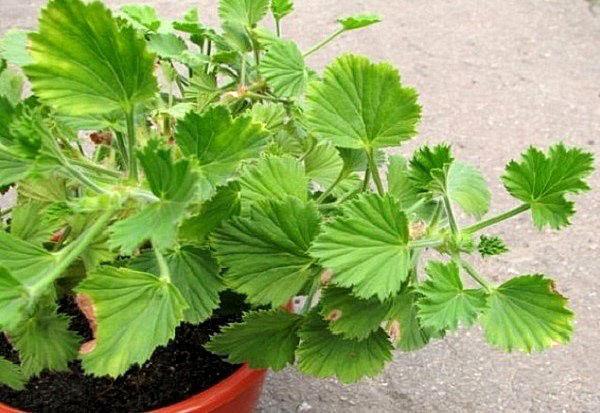Why does pelargonium not bloom
 Pelargonium is an unpretentious flower for keeping conditions. With proper care, geraniums will always delight you with beautiful flowers.
Pelargonium is an unpretentious flower for keeping conditions. With proper care, geraniums will always delight you with beautiful flowers.
If a pelargonium looks well-groomed, but does not bloom, then the reason may be in the composition of the soil. Sandy or sandy loam soil is well suited for growing geraniums. Pelargonium will not bloom in peat soil. Despite its fertility, such soil is poorly permeable and retains moisture for a long time. Due to stagnant water and lack of oxygen, the root system of pelargonium can rot. Such a root system can be affected by fungal diseases.
If your pelargonium is in peat soil, transplant it into sandy soil. Before transplanting, spill the soil with a weak solution of potassium permanganate to eliminate the possibility of infection with fungal diseases.
Excessive watering
If you are growing Royal Pelargonium, you only need to water it in a pan. Like indoor geraniums, large-flowered pelargonium does not like excess water, so watering is necessary when the topsoil dries up. Excessive watering can cause no flowering. If you overflow your pelargonium, the leaves will turn yellow.
With excessive watering, the leaves will be uniform yellow, bright. When affected by fungal diseases - with spots of brown color or uneven yellow color. With some fungal diseases, the leaves wither.
If the pelargonium leaves turn yellow, reduce watering and over time, the leaves will turn green.
Spacious pot
After buying, do not rush to transplant pelargonium into a spacious pot. The plant will not form buds until its root system braids the entire container of the pot. It is necessary to transplant geraniums when its roots begin to look out of the drainage holes. The new pot should be 2 cm larger than the previous one in diameter. So pelargonium will tolerate the transplant well. Its root system quickly forms a dense earthen ball, and the flower will begin to form new buds.
Pelargonium damage by pests
If geranium is damaged by pests, it is necessary to treat it with insecticidal agents. Contact drugs are best suited. Such drugs accumulate in the stem and leaves of pelargonium after watering the soil with their solution. They can eliminate even the most resistant pests to outdoor treatments.